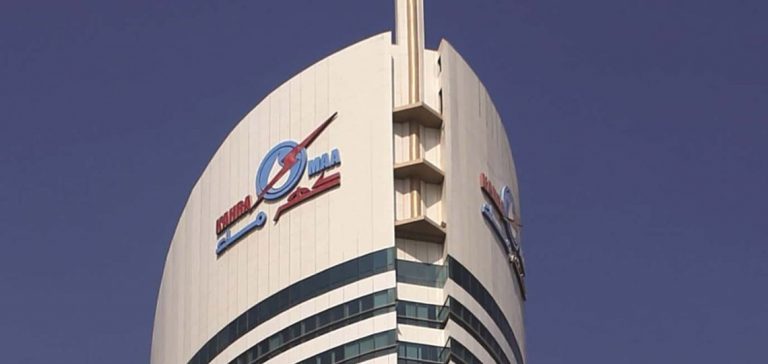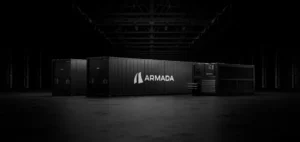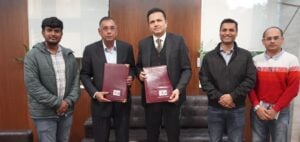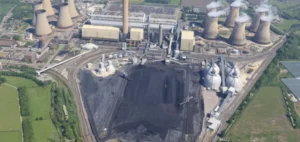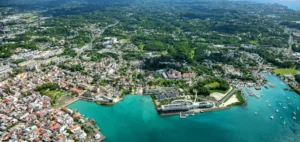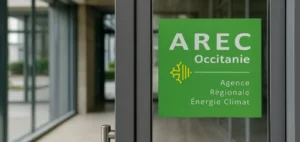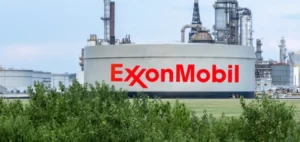Qatar Electricity and Water Company (QEWC) recently announced its plan to develop a 500 megawatts (MW) ± 5% peak power plant in the Ras Abu Fontas region. This project, in partnership with the Qatar General Electricity and Water Corporation (KAHRAMAA), aims to increase the country’s electricity production capacity to meet growing demand and ensure a stable energy supply.
The plant will be built, owned, and operated according to a Build, Own, Operate (BOO) model and is part of QEWC’s strategy to diversify its production sources while maximizing efficiency. This model ensures QEWC’s direct involvement in managing and operating the plant, which will guarantee continuous and optimized production.
Ongoing tender to select the main contractor
Currently, technical and commercial evaluations are underway to select the main contractor for the project. Choosing the right technical partner will be crucial to ensuring that the plant meets the expected performance standards, particularly regarding efficiency and minimizing the carbon footprint.
KAHRAMAA, which oversees the management of Qatar’s entire energy infrastructure, will be the primary beneficiary of the additional capacity generated by the plant. This will help secure electricity supply for strategic projects, especially in industrial and residential sectors.
QEWC: A key player in Qatar’s electricity and water sectors
Qatar Electricity and Water Company is one of the largest independent producers of electricity and desalinated water in the Gulf region. With a market share of 55% for electricity and 73% for desalinated water in Qatar, the company plays a pivotal role in securing the country’s energy and water resources.
In parallel, KAHRAMAA is mandated to manage the distribution network and ensure the supply across the entire Qatari territory. The close cooperation between QEWC and KAHRAMAA on this 500 MW project reflects Qatar’s commitment to strengthening its infrastructure while ensuring optimal resource management.
Strategic goals for the future
This new peak power plant is part of a broader strategy to enhance Qatar’s energy independence while supporting the country’s sustainable development ambitions. The plant is expected to be designed to maximize energy efficiency while limiting CO₂ emissions as much as possible.
The construction is set to begin as soon as the main contractor is selected, and the initial commissioning is scheduled for the fourth quarter of 2025. This project is also a proactive response to fluctuations in the country’s energy demand, particularly during seasonal consumption peaks.


